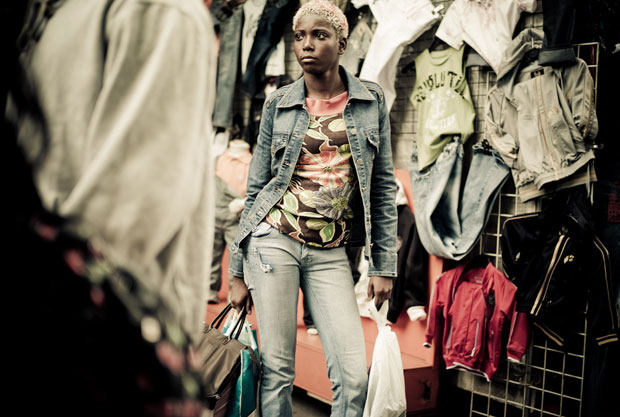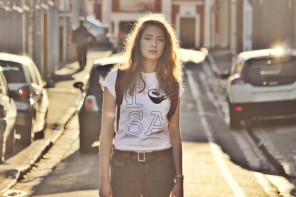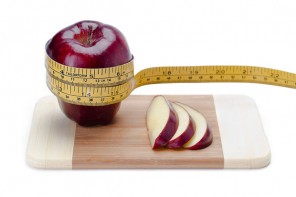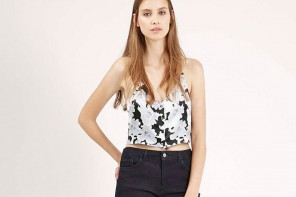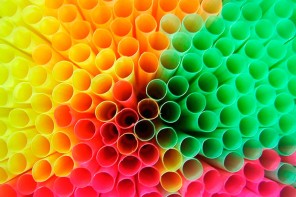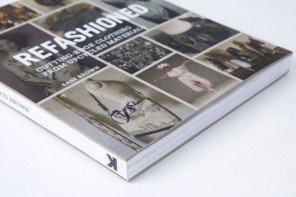When you hear words like sustainable, eco-friendly, fair trade, environmentally conscious, organic and local, you probably think of items such as fruits and vegetables, cleaning products and green technology. While fashion might be one of the last things that comes to mind, one of the goals of the slow fashion movement is to help people connect with where their clothes come from, understand who makes them and how they’re produced.
In the same way that some people prefer to purchase locally-grown, organic produce, the slow fashion movement is urging consumers in the fashion world to opt for clothing that is made from fair trade, organically grown fabrics instead of mass-produced clothing, sometimes produced in sub-standard conditions, and a big percentage of which ends up going into a landfill.
To understand the purpose of the slow fashion movement it’s important to understand the negative impact of “fast fashion,” or, the current fashion industry. We live in an era where resources are scarce, human consumption is at an all-time high and our population is putting a severe strain on the Earth. The way the fashion world works is it mass-produces items of clothing based off of popular runway styles and current trends. Since fashion is an ever-changing industry, new trends are cycled into stores every few months and the old clothes that no one purchased are thrown away. Each new set of trends brings with them a new cycle of mass-produced clothes, usually factory-produced in another country from synthetic fabrics and this leads to large amounts of wasted clothing that goes directly into landfills.
The slow fashion movement wants to put consumers more in touch with where their clothing comes from. Jessica Robertson, a slow fashion designer, explained why slow fashion is important to her as a designer.
“Fast fashion involves high speed and high volume production, consumption, and disposal. It’s a system where the consumer is intentionally alienated and veiled from the real production processes, particularly the negative ethical and environmental impacts. This cultivates a passive consumer who happily consumes at alarming rates, most of which heads straight to landfill,” she wrote in a post for the website Ecouterre.
Robertson is just one of many designers and clothing manufacturers trying to bring an environmental aspect to the clothes they design. Fashion used to be solely about the appearance – what an item of clothing looked like on you was the most important thing. With the rise of conscious consumers and great social pressure on companies to be as environmentally responsible as possible, consumers now have the power to demand that clothing companies utilise fabrics and manufacturing processes that have a lesser environmental impact and involve local businesses.
Clothing designers and sellers who are a part of the slow fashion movement say they’ve seen a very positive consumer response. Because most of the world is still recovering from a recession, there was some concern expressed that consumers wouldn’t embrace the ideals and ethics behind slow fashion. But studies have shown that now more than ever consumers are conscious about where their every penny goes. Even if they are slow to make a purchase, when they do make a purchase they’re more inclined to do so if they know it’s good for the environment, local, sustainable and in compliance with fair trade regulations.
Educating people about the fashion industry and where their clothing comes from is a big part of raising awareness for the slow fashion movement. Jessica Bourland for Slow Fashioned writes, “By learning more about where our clothing comes from, what it takes to make and how far it travels to market, we can see the larger picture of a garment’s true lifecycle and environmental impact.”
Slow fashion wants to educate consumers, inspire them to make better choices and slow down the alarming mass-production of clothing. Consumers are encouraged to make fashion choices based on what has the least environmental impact as well as what benefits local businesses and designers.

